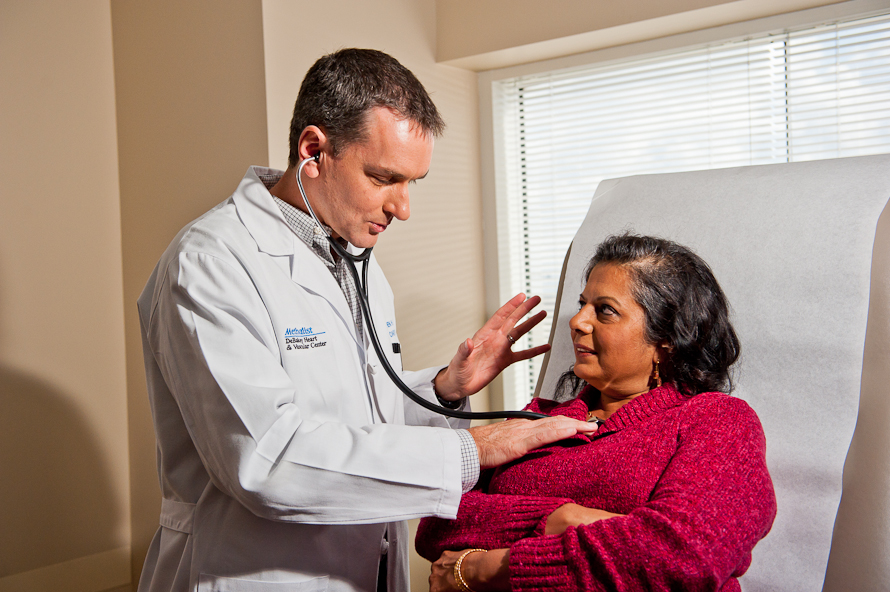
January 29, 2015 — A University of California-Davis study found that half of primary care physicians are still unfamiliar with a controversial state law mandating that radiologists tell women if they have dense breast tissue.
The findings, to be published in the March print edition of Journal of the American College of Radiology, suggest that if the law is going to have any significant impact on patient care, primary care providers need more education about breast density and secondary imaging options.
"Overall, the impact of the breast density legislation probably is not significant if primary care physicians are not educated or aware of it," said lead author Kathleen Khong, a UC Davis radiologist and staff physician. "We should put some emphasis on educating the primary care physicians so that when they get questions from patients, they can be comfortable in addressing the issues."
The California law, which took effect in April 2013, requires that patients whose breast density is defined as "heterogeneously dense" or "extremely dense" (about 50 percent of women), receive a notification. The researchers point out that breast density has long been a required part of any radiological report following mammography, but unless a patient asks to see the report, the information is shared only with the patient's providers. Led by patient advocates, the legislation is intended to increase awareness of dense breasts and encourage patients to discuss the clinical issues with their doctors. According to published research, 28 states have passed, rejected or considered dense-breast notification legislation since 2009.
But the UC Davis study demonstrated that while women and their doctors are receiving the notifications, many of those physicians are unclear about what to do with the information. As a consequence, the researchers said, it appears that relatively few patients with dense breasts are asking questions about their breast density and its implications.
The UC Davis study surveyed 77 physicians about the new law. Roughly half (49 percent) reported no knowledge of the legislation and only 32 percent of respondents noted an increase in patient levels of concern about breast density compared to prior years. In addition, a majority of primary care physicians were only "somewhat comfortable" (55 percent) or "not comfortable" (12 percent) with breast-density questions from their patients.
Khong said their survey results were surprising, but acknowledged that many primary care physicians may not feel they have sufficient training to make a clinical recommendation for a particular type of secondary screening. In fact, the study also found that 75 percent of respondents would like more education about the breast-density law and its implications for primary care.
"They are eager to learn and want to help their patients and be part of something positive as a result of this," Khong said.
Jonathan Hargreaves, assistant professor of clinical radiology and a study co-author, said, for example, that if a patient has dense breasts she should have a risk assessment, which takes into account her family history of breast cancer, biopsy history and other factors to determine whether a supplemental screening is warranted. Once complete, the physician should then discuss the potential benefits and risks of supplemental imaging in determining the most appropriate approach for the patient. The use of ancillary screening in addition to mammography is a complex subject and still the subject of considerable debate, explained Hargreaves.
Tomosynthesis, known as 3-D mammography, is one supplemental test that breast radiologists generally agree provides a slight benefit for women with dense breasts over a standard mammogram and can be scheduled for the next annual mammographic screening appointment after receiving a notification. Breast magnetic resonance imaging (MRI) is another secondary imaging option, Hargreaves said, but is generally only used for screening in women who have a very strong family history of breast cancer or have a known high-risk gene, such as BRCA.
"The law has raised a lot of awareness about breast density," Hargreaves said. "That being said, mammography screening is the primary thing patients need to do, and beyond that, the real benefits of other screening techniques are still the subject of ongoing medical debate."
Khong and Hargreaves hope to validate their findings by expanding their research to include primary care physicians from other major university health care systems in California.
For more information: cancer.ucdavis.edu


 December 17, 2025
December 17, 2025 








